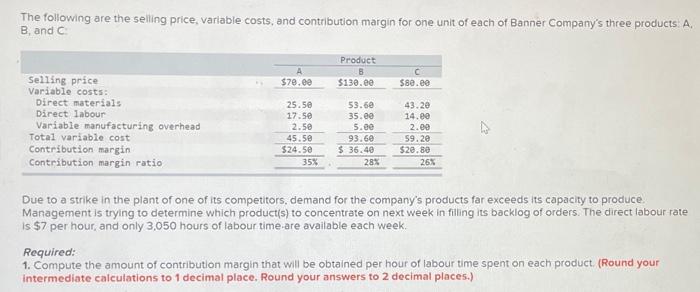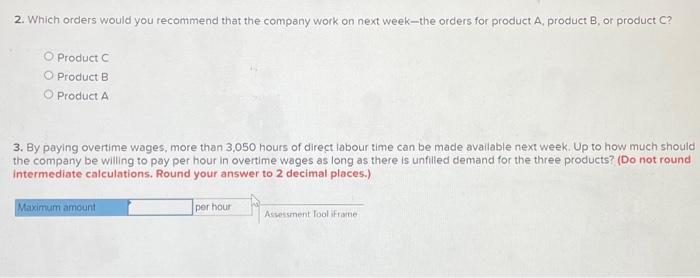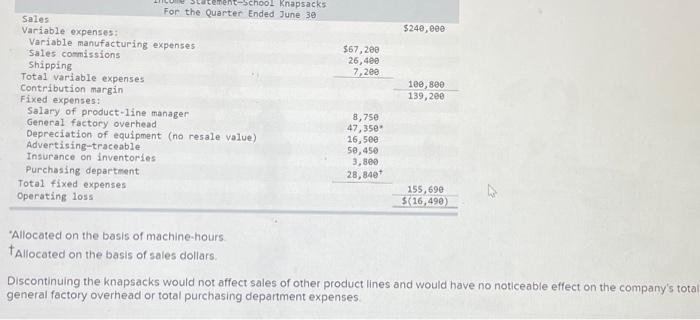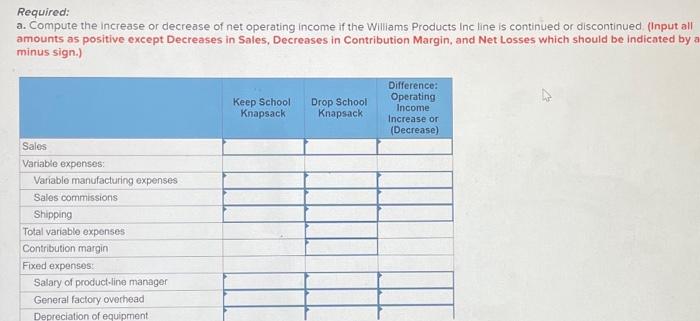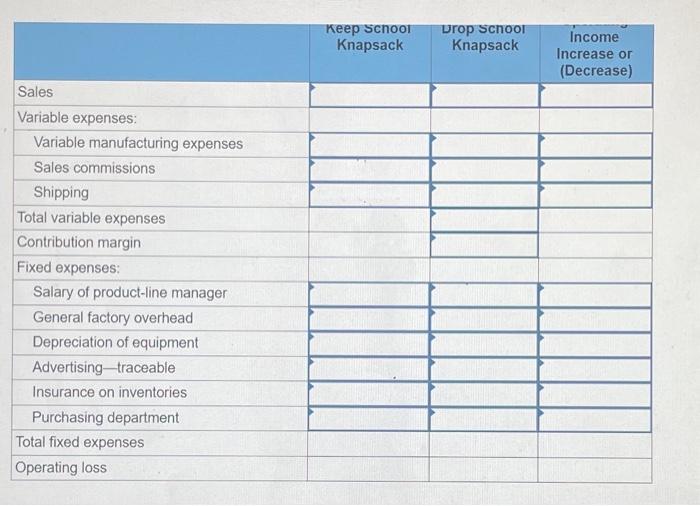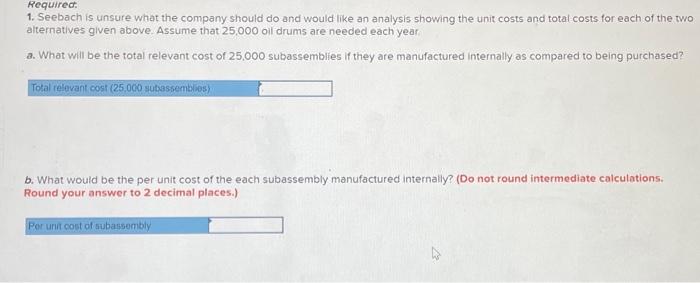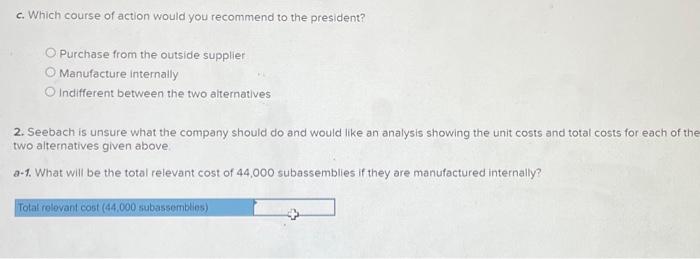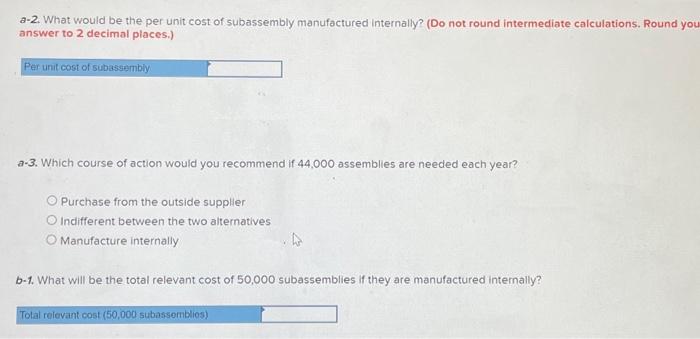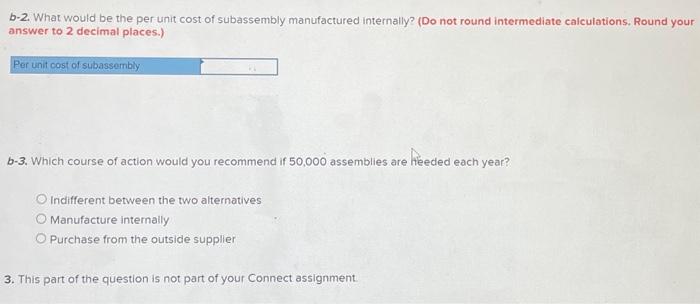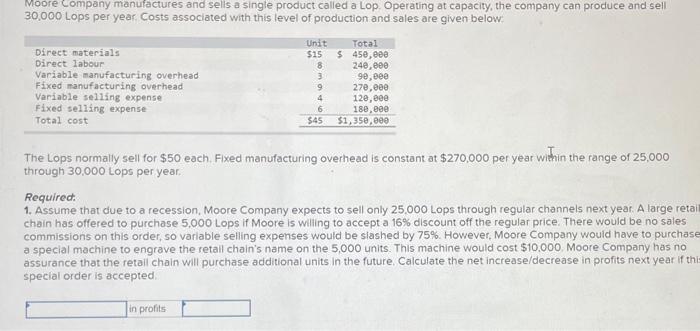The following are the seliing price, variable costs, and contribution margin for one unit of each of Banner Company's three products A. B, and C Due to a strike in the plant of one of its competitors. demand for the company's products far exceeds its capacity to produce Management is trying to determine which product(s) to concentrate on next week in filling its backlog of orders. The direct labour rate is $7 per hour, and only 3,050 hours of labour time are available each week. Required: 1. Compute the amount of contribution margin that will be obtained per hour of labour time spent on each product. (Round your intermediate calculations to 1 decimal place. Round your answers to 2 decimal places.) Required: 1. Compute the amount of contribution margin that will be obtained per hour of labour time spent on each product. (Round your intermediate calculations to 1 decimal place. Round your answers to 2 decimal places.) 2. Which orders would you recommend that the company work on next week-the orders for product A, product B, or product C ? Product C Product B Product A 2. Which orders would you recommend that the company work on next week-the orders for product A, product B, or product C? Product C Product B Product A 3. By paying overtime wages, more than 3,050 hours of direct labour time can be made avaliable next week. Up to how much shoule the company be willing to pay per hour in overtime wages as long as there is unfilled demand for the three products? (Do not round intermediate calculations. Round your answer to 2 decimal places.) "Allocated on the basis of machine-hours. tAliocated on the basis of sales dollars. Discontinuing the knapsacks would not affect sales of other product lines and would have no noticeable effect on the company's tota general factory overhead or total purchasing department expenses. Required: a. Compute the increase or decrease of net operating income if the Williams Products inc line is continued or discontinued (Input all amounts as positive except Decreases in Sales, Decreases in Contribution Margin, and Net Losses which should be indicated by minus sign.) \begin{tabular}{|l|l|l|l|} \hline & KeepschoorKnapsack & UropscnoolKnapsack & IncomeIncreaseor(Decrease) \\ \hline Sales & & & \\ \hline Variable expenses: & & & \\ \hline Variable manufacturing expenses & & & \\ \hline Sales commissions & & & \\ \hline Shipping & & & \\ \hline Total variable expenses & & & \\ \hline Contribution margin & & & \\ \hline Fixed expenses: & & & \\ \hline Salary of product-line manager & & & \\ \hline General factory overhead & & & \\ \hline Depreciation of equipment & & & \\ \hline Advertising - traceable & & & \\ \hline Insurance on inventories & & & \\ \hline Purchasing department & & & \\ \hline Total fixed expenses & & & \\ \hline Operating loss & & & \\ \hline \end{tabular} b. Would you recommend that the Williams Products Inc line be discontinued? Yes No "That old equipment for producing oll drums is worn out," said Bill Seebach, president of Hondrich Company. "We need to make a decision quickly" The company is trying to decide whether it should rent new equipment and continue to make its oil drums internally or whether it should discontinue production and purchase them from an outside supplier. The alternatives follow Aiternative t Rent new equipment for producing the oil drums for $110,000 per year. Alternative 2. Purchase oll drums from an outside supplier for $18,40 each Hondrich Company's costs per unit of producing the oll drums internally (with the old equipment) are given below. These costs are based on a current activity level of 25,000 units per year. The new equipment would be more efficient and, according to the manufacturer. Tvould reduce clirect labour costs and variable overhead costs by 25%. Supervision cost (\$55,000 per year) and direct materials cost per unit would not be affected by the new equipment. The new equipment's capacity would be 50,000 oil drums per year. The total general company overhead would be unaffected by this decision 1. Seebach is unsure what the company should do and would like an analysis showing the unit costs and total costs for each of the two alternatives given above. Assume that 25,000 oil drums are needed each year a. What will be the total relevant cost of 25,000 subassemblies if they are manufactured internally as compared to being purchased? b. What would be the per unit cost of the each subassembly manufactured internally? (Do not round intermediate calculations. Round your answer to 2 decimal places.) c. Which course of action would you recommend to the president? Purchase from the outside supplier Manufacture internally Indifferent between the two alternatives 2. Seebach is unsure what the company should do and would like an analysis showing the unit costs and total costs for each of the two alternatives given above a-1. What will be the total relevant cost of 44,000 subassemblies if they are manufactured internally? a2. What would be the per unit cost of subassembly manufactured internally? (Do not round intermediate calculations. Round you answer to 2 decimal places.) a.3. Which course of action would you recommend if 44,000 assemblles are needed each year? Purchase from the outside supplier Indifferent between the two alternatives Manufacture internally b-1. What will be the total relevant cost of 50,000 subassemblies if they are manufactured internally? b-2. What would be the per unit cost of subassembly manufactured internally? (Do not round intermediate calculations. Round your answer to 2 decimal places.) b-3. Which course of action would you recommend if 50,000 assemblies are heeded each year? Indifferent between the two alternatives Manufacture internally Purchase from the outside suppller 3. This part of the question is not part of your Connect assignment. Moore Company manufactures and sells a single product called a Lop. Operating at capacity, the company can produce and sell 30,000 Lops per year. Costs associated with this level of production and sales are given below: The Lops normally sell for $50 each. Fixed manufacturing overhead is constant at $270,000 per year within the range or 25,000 through 30,000 Lops per year. Required: 1. Assume that due to a recession, Moore Company expects to sell only 25,000 Lops through regular channels next year. A large reta chain has offered to purchase 5,000 Lops if Moore is willing to accept a 16% discount off the regular price. There would be no sales commissions on this order, so varlable selling expenses would be slashed by 75%. However, Moore Company would have to purchas a special machine to engrave the retail chain's name on the 5,000 units. This machine would cost $10,000. Moore Company has no assurance that the retall chain will purchase additional units in the future, Calculate the net increase/decrease in profits next year if th special order is accepted. 2. Refer to the original data. Assume again that Moore Company expects to sell only 25,000 Lops through regular channels next year. The provincial government would like to make a one-time-only purchase of 5,000 Lops. The government would pay a fixed fee of $1.80 per Lop, and it would reimburse Moore Company for all costs of production (variable and fixed) associated with the units. Since the government would pick up the Lops with its own trucks, there would be no variable selling expenses associated with this order. If Moore Company accepts the order, by how much will profits increase or decrease for the year? 3. Assume the same situation as that described in (2) above, except that the company expects to sell 30,000 Lops through regular channels next year, so accepting the government's order would require giving up regular sales of 5,000 Lops. If the government's order is accepted, by how much will profits increase or decrease from what they would be if the 5,000 Lops were sold through regular channels
